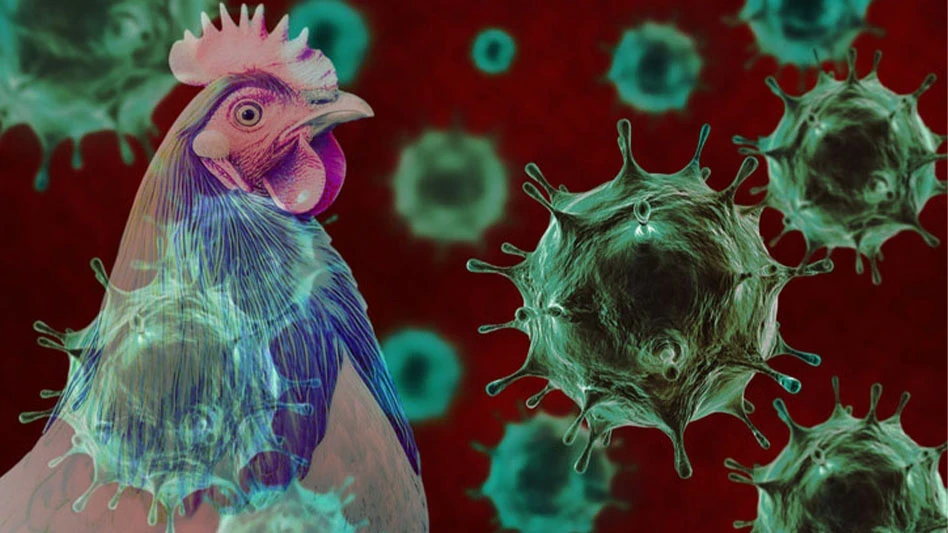
1 What are the most prolific stored product beetles?
The most prolific stored product beetles are the red flour beetle, confused flour beetle, cigarette beetle, warehouse beetle, drugstore beetle, sawtoothed grain beetle, and merchant grain beetle. Furthermore, stored pest ecology varies based on the product and environment in the facility; multiple species may be damaging goods at the same time. In addition to the beetles listed above, the rusty grain beetle, hairy fungus beetle, granary weevil, rice weevil, and lesser grain borer are common finds.
2 What is the best type of monitoring system?
Extensive research has found a synergistic response when both pheromones and kairomones are combined in a unique system for each species. Many beetles have specific known pheromones, like the aggregation pheromone used for red and confused flour beetle monitoring systems. Other beetles have shown increased response to proprietary kairomone attractants.
3 What monitoring system designs are widely used?
Commonly used monitoring designs are: adhesive styles, that work by hanging or placing on surfaces, and pitfall style monitoring systems, that are used on the floor of a facility. Designed to fit the species behavior, for example, adhesive-based systems work well for cigarette and warehouse beetles because these beetles can fly. Pitfall systems work best for red and confused flour beetles. The specific details of the trap designs, with the addition of specific attractants, are meticulously planned to fit the biology of every species we monitor.
4 How do we use these monitors?
First work with your pest management provider to determine the species you’re targeting. Traditionally, monitors should be placed in grid-like patterns throughout areas known to harbor the pest or susceptible food product. Adhesive monitors should be hung four to eight feet from the floor, and away from food contact zones. Pitfall monitors should be placed on the floor near racking/column footings, equipment legs, wall/floor junctions and care taken to not become a trip/fall hazard. Spacing can range from 10 to 50 feet depending on the pheromone and kairomone lures being used.
5 How will monitoring benefit my food safety/IPM programs?
Monitoring systems work in three ways: detection, abundance, verification. Detection: identifes the beetle. Abundance: determines number of beetles and treatable levels. Verification: verifies the actions taken, solved, or helping the issue.
Get curated news on YOUR industry.
Enter your email to receive our newsletters.

Explore the September October 2019 Issue
Check out more from this issue and find your next story to read.
Latest from Quality Assurance & Food Safety
- Seeding The Future Global Food System Challenge Finalists Revealed
- TraceGains Launches AI-Powered Intelligent Document Processing to Improve Ingredient Safety, Compliance
- IFT Virtual Workshop on Food Fraud Prevention to Address Supply Chain Disruptions
- Penn State Course Covers Fundamentals of Food Science
- Joint FAO/WHO Expert Committee on Food Additives Seeks Experts
- FDA Reschedules Webinar on Updated ‘Healthy’ Claim
- Thousands More Laid Off at FDA, CDC in HHS Restructuring
- USDA Extends Deadline on Request for Information for Poultry Quality Standards





